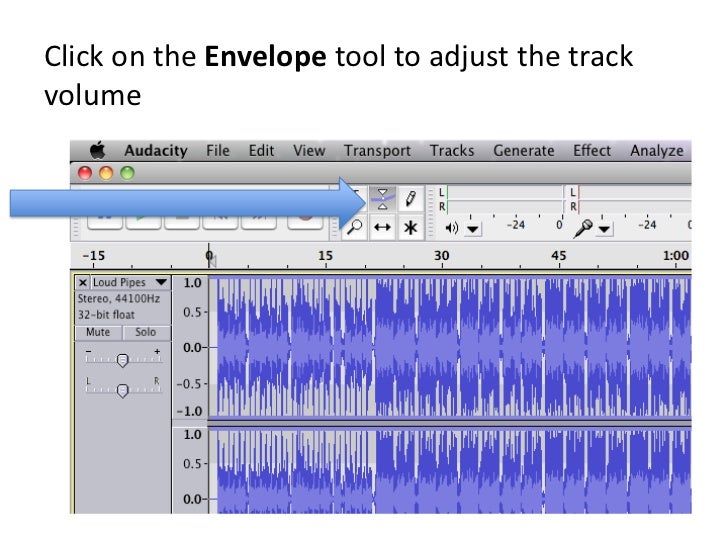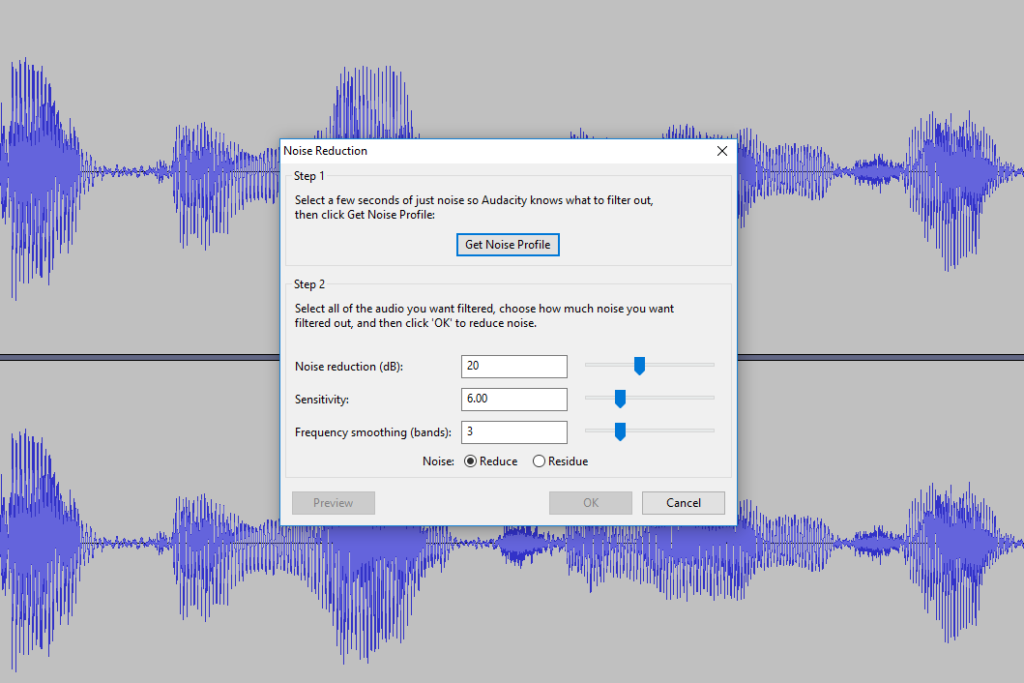


I started recording at home years ago and I’ve since been able to develop it into a successful, sustainable business. I’ve been working as a voiceover artist for about 12 years. This allows Actor CEO to never stop providing you amazing industry resources. Some articles, including this one, may contain affiliate links that pay us when you make a purchase at no cost to you. ** Actor CEO provides professional insight into voiceover and other acting tools and resources. Audio recording technology has adapted to meet this need, offering affordable solutions to make quality at-home recording a real possibility. With the emergence of online advertising, B2B corporate videos, eLearning and more, the need for fast, cheap, and yet professional-level voiceovers has exploded. Voiceovers can be a great natural extension of an actor’s skills. These tips alone will help to make your voice significantly higher but if you want to get the best results I recommend recording your voice naturally higher by applying vocal techniques and then further tuning it with audio effects.5 Things I Wish I Knew When I First Started Recording Voiceover From Home Actors need side hustles. Change Pitch settings in Audacity to make your voice higher. If you don’t mind an absurdly high-pitched voice and that’s what you aim for, then going above 4 semitones might suit you. Using the Change Pitch effect your voice will change the voice drastically, I recommend sticking with more subtle changes if you wish to maintain a somewhat realistic human voice, otherwise you might sound ridiculous.

Still using EQ the change of the voice should be quite subtle compared to what we’re going to do with the Change Pitch effect. You can play around with the settings in Graphic EQ and there’re some useful presets made by Audacity, you can try them out. Also, don’t boost/cut by more than 5dB unless it’s frequencies that don’t belong to human voice such as below 60Hz. It’s not only just boosting higher frequencies but you’re also going to cut lower frequencies to enhance the higher-end.

Still, for the best results, it’s best to record your voice higher using natural techniques. You’ll be boosting higher frequencies with EQ and raising the pitch of your voice with a pitch changer. You can make your voice higher by using Audacity’s Graphic EQ and Change Pitch tools.


 0 kommentar(er)
0 kommentar(er)
